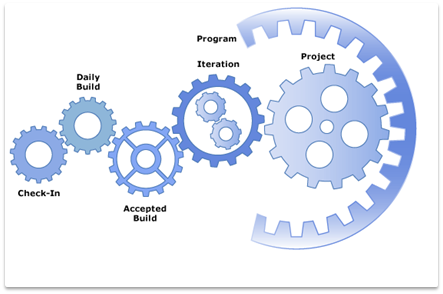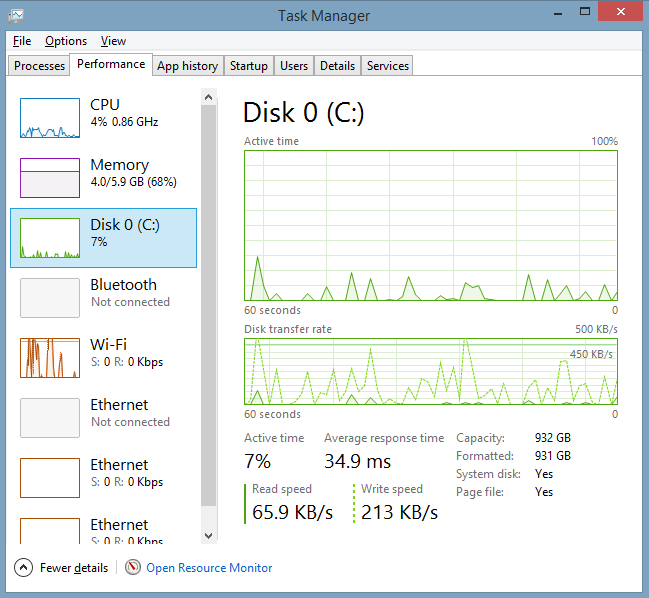e
q
u
e
s
t
a
d
e
m
o < back
Sub-setting
Sub-setting DEFINITION
Sub-setting is a method of selecting a predefined data sub-set necessary for testing some particular development iteration of the code at specified environment. The sub-setting is usually performed before anonymization activity happens or in conjunction with the anonymization. Two ways to sub-set are:
1. create a database schema and populate it with partial data set;
2. load a complete production data set and reduce it based on the requirements and the referential constraints.
DEVELOPMENT LIFECYCLE
Let's consider the data origination and movementits moving through the environments in the development lifecycle.

DEVELOPMENT ENVIRONMENT
developing from scratch
Any development starts with the idea,idea, which translates into code,the code. It is an architectural and thisdevelopment phase of the lifecycle. The code isgets tested with somethe prepared data. TestThe use cases define whichthe data to use and create.create for the test cases. At thisthe stage,development itphase, isdevelopers importantoften need to find verified data sources, and the random data masking components thatcontain containverified data sets arethat provide easy means to create such data. Such are Address, First and Last Names, Social Security Number, Credit Card, etc., as well is theetc.The 'regular expression' component.component Forallows for use of the custom data sets. Use this video as an example of creating a set of random credit card numbers, use this video:numbers:
Developers could create the rest of the random sets in similar fashion.
The amount of data necessary to do tests in thatthe stagedevelopment phase of the developmentlifecycle is usually the bare minimum,minimum. andThe development testing data ( agile jargon it often would be "unit tests" data) is used mainly for functional requirements. verification. Of course, non-functional requirements areshould be taken into account inwhen thecreating system architecture, but the time to test them is usually on a bigger and more system-like environmentenvironments than the developer's sandbox.
ThisThe development stagephase isand a corresponding environment are used to create the first iteration(s) of code, before exiting into the production environments.code.
developing within mature application
Often times, especially in the big organizations, developmentdevelopers usesuse data of already existing big systems. EitherRegardless onethe needstype toof developthe development, be it a completely new system or a set of new features for the existing system, the developers would define data necessary for testing as "all the existing master data plus some transactional". They would needstart existingwith the database schema and a way to populate both master and transactional data sets.sets into it. The easiest way isto do it would be to move such data from the existing organization's production systems, master data repositories, etc. If master data repositories do not exist or are not managed centralized,in a centralized manner, the way developers would docreate ittheir own reference sets often times looks the following:
SELECT * FROM
(SELECT ROW_NUMBER()
OVER (ORDER BY Country) AS [CountryId],
[Country],[CountryCode]
FROM (SELECT DISTINCT COUNTRY,[CountryCode] FROM [dbo].[Sales]) as Country) AS Countries
resultingSuch select creates "country reference data set" and results in athe samplefollowing data set, such as sample:
CountryId Country CountryCode
1 Canada CAN
2 Mexico MEX
3 United States USA
However, in the denormalized databases or staging databases, countrycountries and itstheir code and the rest of the entities are often part of the transactional entities.tables. In these cases, developers will select ( sub-set) transactional data selection is based on the use case requirements:
SELECT [Address1], [Address2], [City], [StateProvince], [Country], [ZipCode]
FROM [dbo].[Sales]
WHERE [Distribution Code] in ('CAN', 'USA', 'MEX')
resultingAn above example allows to chose the addresses used in sales per specific region(s):
Address1 Address2 City StateProvince Country ZipCode
1123 Amazing Street #12 Los Angeles CA United States 90001
5438 Cognitive Ave. #99 Toronto ON Canada H0H 0H0
462 San Felipe Blvd. #5 Mexicali BN Mexico 50-57
In the above example, sub-setting is logical and is based on the use case for the specific sales in the specific distribution area.
Sometimes, specificdata logicdefinition is not important but the number of records is and then a percentage or a specific number of records define the set:
SELECT TOP 4 [Address1], [Address2], [City], [StateProvince], [Country], [ZipCode]
FROM dbo.Sales
resultingThis query results in the following selection of rows:
1123 Amazing Street #12 Los Angeles CA United States 90001
1123 Amazing Street #34 Los Angeles CA United States 90001
5438 Cognitive Ave. #99 Toronto ON Canada H0H 0H0
462 San Felipe Blvd. #5 Mexicali BN Mexico 50-57
TEST ENVIRONMENTS
WhenOftentimes, when an iteration of code development is complete, often times the developers push the code to the continuous integration environment

and/or to the testers whoin QA environment. The testers might do testing manually or in automated mode/mode. In such environments, the amount of test cases increasesincreases.The Testerstesters use these environments to test new features in more detail, to test code regression, and to test certain non-functional requirements such as ease of product use, security, reliability, etc.
Continuous integration environments are used in the teams utilizing best engineering practices based on a method first mentioned by Grady Booch and later adopted by extreme programming agile community. QA or testing environments are either used in manual mode or in automated mode and require significantly more data. The purpose of testing/QA environments is to cover majority of the use cases , new and those already in production that might be affected by the changed functionality. In ideal situation, the complete data set would be needed, yet, moving a complete data set affects the deadlines. Thus, the compromise, in this stage,compromise is to use the records count that goes not in numbers but in different gradations of bytes: MB,GB,TB.MB,GB,TB Oftenin times,this phase of the lifecycle. Oftentimes, testers would need to move to an environment a percentage of the entire data set. The rationale under such sub-setting is a supposition that all main test cases would be covered within certain percent of the data set. On top of that selection, one could add just those test cases that need to be covered specifically.in Ifparticular. using a query to sub-set, hereHere is an example of retrieving a percentage of records from the sales table:
SELECT TOP(30) PERCENT [SalesRep], [YearSummary], [Address1], [Address2], [City], [StateProvince], [Country], [ZipCode]
FROM [dbo].[Sales]
ORDER BY [Country] DESC
PERFORMANCE TESTING, LOAD TESTING, USER ACCEPTANCE TESTING, AND STAGING ENVIRONMENTS
Let's introduce some definitions to understand the difference in the nuances of different testing.nuances.
Performance Testing Environment contains a data set that allows to establish benchmarks on system performance metrics, usually those accepted in the industry. It is not used to find functional gaps and bugs.
Load Testing Environment is used to test systems under predefined load patterns. The goals are to find defects in application related to buffer overflow, memory leaks, mismanagement of memory. Another goal is to understand upper limits of load under which the application is still be able to manage its functionality.
In heavy transactional applications, metrics for benchmarking and load include CPU loads, network loads, Disk I/O and memory utilization.

Staging Environment purpose is to stage specific scenario applied to the database / code base as it is currently in production - be it a deployment or a user acceptance.
User Acceptance Testing Environment (or UAT) , as the name implies, allows users test the new version of the application from their perspective, as if they were using the code and data already deployed.
All of the above environments usually require a complete data set.
